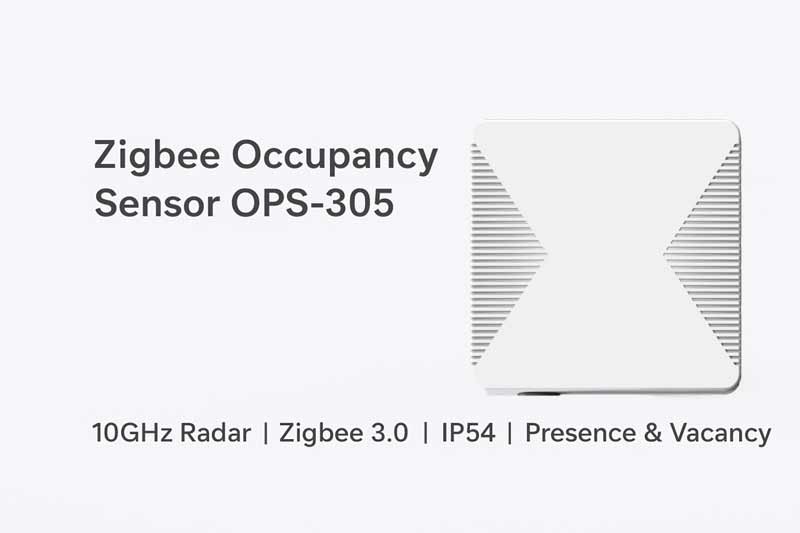Introduction
In the rapidly evolving world of smart buildings, Zigbee occupancy sensors are redefining how commercial and residential spaces optimize energy efficiency, safety, and automation. Unlike traditional PIR (Passive Infrared) sensors, advanced solutions such as the OPS-305 Zigbee Occupancy Sensor use cutting-edge 10GHz Doppler radar technology to detect presence—even when individuals are stationary This capability opens new possibilities for B2B applications across healthcare, office buildings, hotels, and industrial facilities.
Why Radar-Based Occupancy Detection Matters
Traditional motion detection systems often fail to detect occupants who are still, leading to false “vacancy” triggers. The OPS-305 addresses this limitation by providing continuous and precise presence detection, ensuring that lights, HVAC systems, and security protocols respond in real time. For nursing homes or assisted living facilities, this means better patient monitoring without intrusive equipment. For office spaces, it ensures meeting rooms are only powered when in use—cutting operational costs.
Key Advantages of Zigbee-Enabled Sensors
-
Seamless Integration – Compliant with Zigbee 3.0 protocol, the OPS-305 can be paired with a wide range of smart gateways, enabling cross-device automation and centralized control.
-
Network Strengthening – Functions as a Zigbee signal repeater to extend network range, ideal for large-scale deployments.
-
Wide Detection Range – Covers up to 3 meters radius with a 100° detection angle, ensuring reliable coverage in rooms of various sizes.
-
Commercial-Grade Durability – With an IP54 rating and wide operating temperature range (-20°C to +55°C), it is suitable for both indoor and semi-outdoor environments.
Industry Applications for B2B Buyers
-
Smart Offices & Meeting Rooms – Automate lighting, air conditioning, and booking systems based on real-time presence.
-
Healthcare Facilities – Monitor patients discreetly while maintaining comfort and privacy.
-
Hospitality – Optimize guest room energy use and enhance security.
-
Retail & Warehouses – Ensure energy is only consumed in occupied zones.
The Future of Occupancy Sensing
With the rise of IoT in building management, Zigbee occupancy sensors are becoming a core component of smart infrastructure. Their interoperability, low-power wireless communication, and advanced sensing accuracy make them a preferred choice for system integrators, building management platforms, and OEM partners.
Conclusion
The OPS-305 Zigbee Occupancy Sensor offers a reliable, scalable, and future-proof solution for B2B customers seeking to enhance building automation, improve energy savings, and deliver a superior occupant experience. For businesses looking to implement next-generation occupancy detection, this sensor is not just an upgrade—it’s a transformation.
Post time: Aug-15-2025
